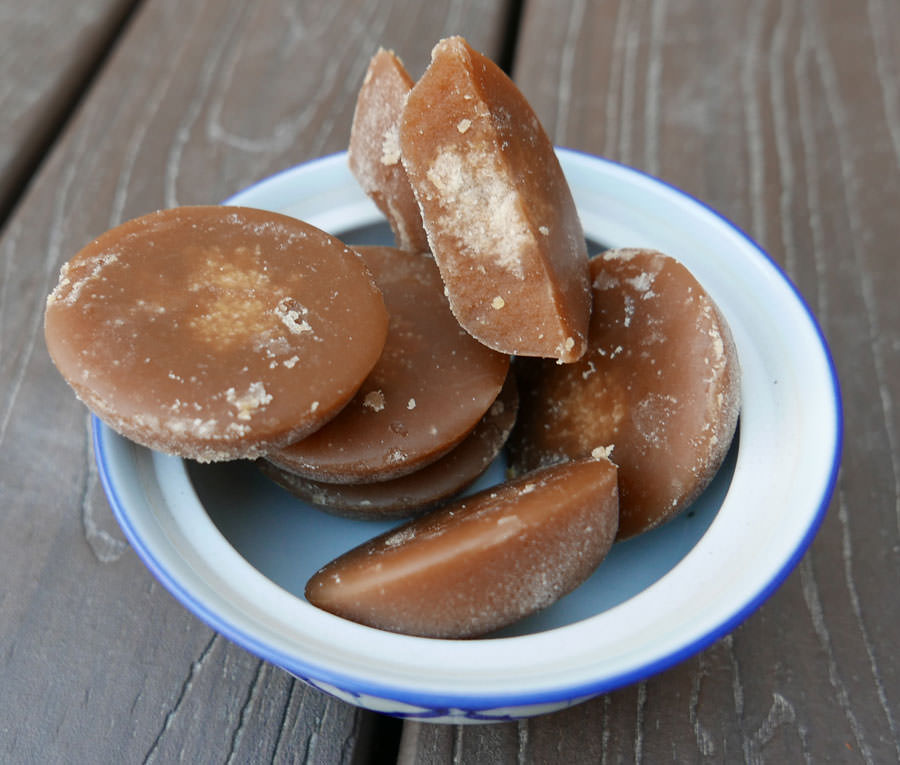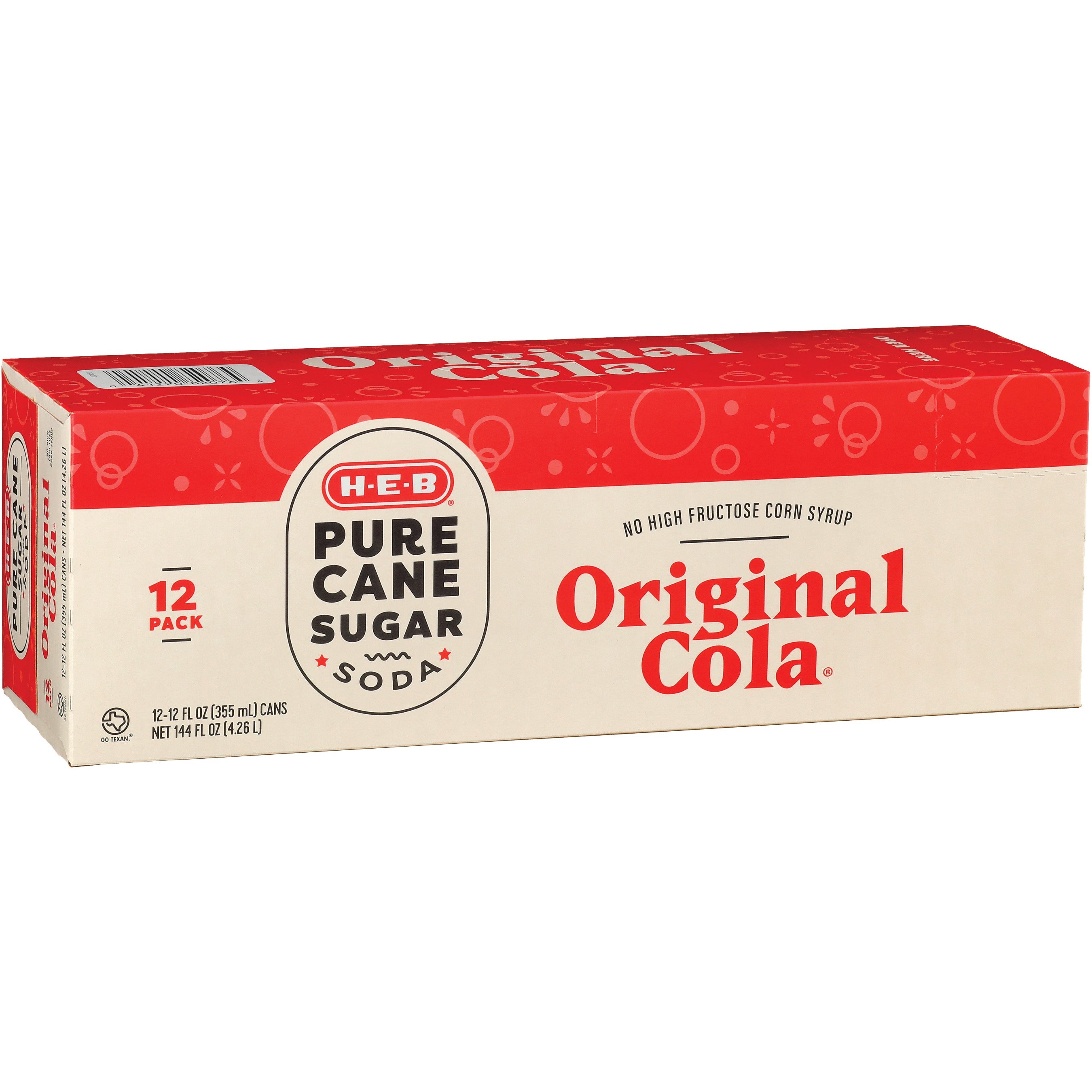The Journey of Cane Sugar Processing: From Harvest to Crystals
Discovering the Comprehensive Steps Involved in Cane Sugar Handling From Gathering to Refinement
The procedure of cane sugar manufacturing encompasses a collection of intricate steps, starting with the careful harvesting of sugarcane and culminating in the improvement phases that guarantee the last product satisfies market standards. Each stage, from the removal of juice to the purification and condensation procedures, plays a critical role in figuring out the top quality and character of the sugar.
Gathering Sugarcane
Gathering sugarcane is an important action in the walking cane sugar handling chain, as it straight affects the top quality and yield of the end product. Appropriate timing and methods are crucial throughout this stage to make sure optimum sugar web content and lessen losses. Typically, sugarcane is harvested when it gets to maturation, usually 12 to 18 months after growing, identified by a high sucrose focus.

Post-harvest, the sugarcane must be refined promptly to stop sucrose deterioration. Ideally, gathered walking cane must be carried to refining centers within 24 hours to preserve sugar quality. Consequently, reliable logistical planning is critical to maintain the honesty of the gathered plant throughout the supply chain.
Removal Process

The crushed walking stick undergoes a series of pressing operations to optimize juice healing. Typically, hot water is splashed onto the smashed walking stick, creating a countercurrent flow that helps dissolve the sugar while also assisting in the removal procedure. The juice accumulated from this procedure has not just sugar but also various organic substances and impurities.

To enhance removal performance, some facilities may employ diffusion methods, where the sugarcane is saturated in warm water, allowing the soluble sugars to diffuse right into the liquid. The resulting juice, abundant in sucrose, is then routed to subsequent processing phases, laying the structure for purification and improvement. The extraction procedure is hence pivotal in identifying the high quality and return of the final sugar item.
Purification Techniques
The filtration methods employed in cane sugar handling are important for transforming the raw juice right into a top quality sugar product. These methods mainly aim to get rid of pollutants, such as soil, plant products, and inorganic compounds, which can adversely affect the final product's flavor and shade.
One of one of the most common purification methods is clarification. This process entails including lime and warm to the raw juice, which assists in the coagulation of contaminations. The resulting precipitate is then removed via sedimentation or filtering, yielding a more clear juice. In addition, the usage of phosphoric acid can improve the information process by more binding pollutants.
One more considerable method is carbonatation, where co2 is presented to the cleared up juice. This reaction produces calcium carbonate, which catches staying pollutants and promotes their removal.
Moreover, triggered carbon therapy may be put on adsorb any type of continuing to be colorants and natural contaminations, making certain a more polished item. The combination of these techniques properly prepares the sugar juice for subsequent steps in the refining process, setting the stage for the manufacturing of top quality walking stick sugar.
Formation Techniques
After the filtration phase, the next vital action in cane sugar handling includes formation techniques, which play a crucial duty in changing the cleared up juice into solid sugar. This procedure typically employs 2 primary approaches: spontaneous crystallization and controlled crystallization.
In spontaneous formation, supersaturated the original source sugar remedies are permitted to cool down naturally, leading to the formation of sugar crystals over time. This method allows for the consistent development of sugar crystals and higher purity.
During crystallization, the clarified juice is focused via dissipation, enhancing its sugar content until it reaches supersaturation. As soon as this factor is accomplished, either method can help with the crystallization procedure. Cane Sugar Processing. The resultant sugar crystals are after that separated from the remaining syrup via centrifugation
Inevitably, the option of condensation method influences the high quality, size, and pureness of the final sugar product, making this action important in the total walking stick sugar processing procedure.
Improvement and Product Packaging
Just how can the purity and high quality of cane sugar be additionally boosted after condensation? The improvement process plays a vital role in accomplishing high-quality walking stick sugar.
Following, the sugar is subjected to a process called centrifugation, where it is rotated at broadband to separate the cleansed sugar crystals from the continuing to be liquid. After centrifugation, the sugar is usually further improved through a technique called carbonization or phosphatation, which utilizes triggered carbon or phosphoric acid to eliminate color and off-flavors.
As soon as fine-tuned, the sugar is dried page to attain the desired dampness material, guaranteeing that it remains secure during storage space and transportation. The last step entails packaging the polished sugar in moisture-proof and airtight containers to maintain its high quality and prevent contamination. Cane look at here now Sugar Processing. Appropriate packaging not only expands life span yet also promotes easy handling and circulation, ensuring that consumers get sugar that fulfills the highest possible standards of purity and quality
Conclusion
The extensive steps involved in cane sugar handling, from the meticulous harvesting of sugarcane to the intricate refinement and packaging phases, underscore the significance of each stage in making sure high-grade sugar manufacturing. Optimum harvesting strategies, efficient removal approaches, and extensive filtration processes collectively add to the last item's purity and stability. The crystallization and subsequent product packaging techniques better enhance the integrity and life span of the sugar, highlighting the complexity and precision intrinsic in this essential farming market.
The process of walking stick sugar production incorporates a series of detailed actions, starting with the cautious harvesting of sugarcane and finishing in the improvement stages that make certain the final item satisfies industry criteria. Ideally, harvested walking cane ought to be transferred to refining facilities within 24 hours to preserve sugar top quality.In spontaneous condensation, supersaturated sugar solutions are enabled to cool normally, leading to the formation of sugar crystals over time - Cane Sugar Processing. The improvement process plays an essential duty in accomplishing top quality cane sugar.The detailed steps involved in walking cane sugar processing, from the careful harvesting of sugarcane to the intricate refinement and product packaging stages, emphasize the significance of each stage in guaranteeing high-quality sugar production